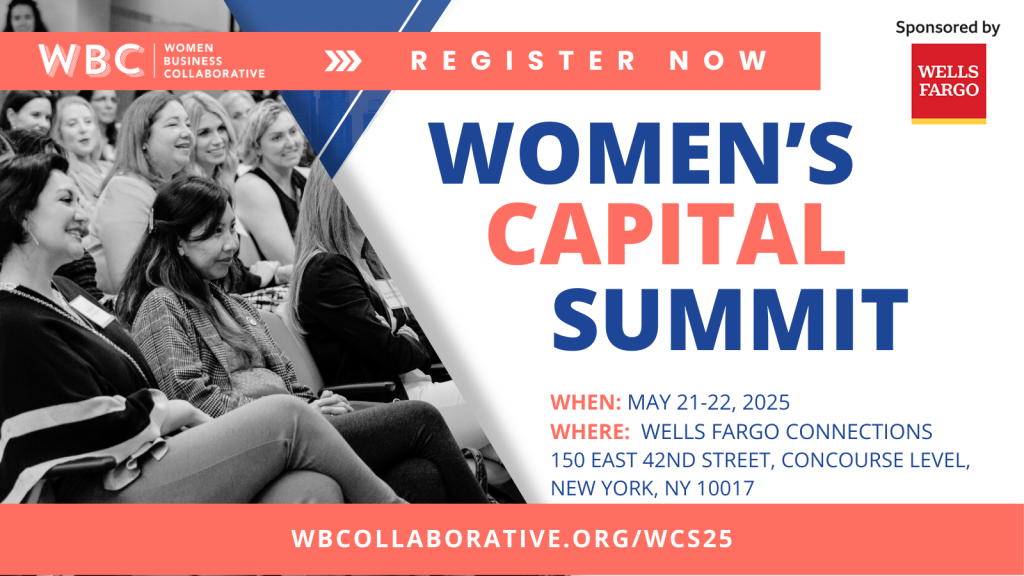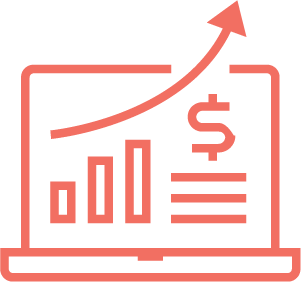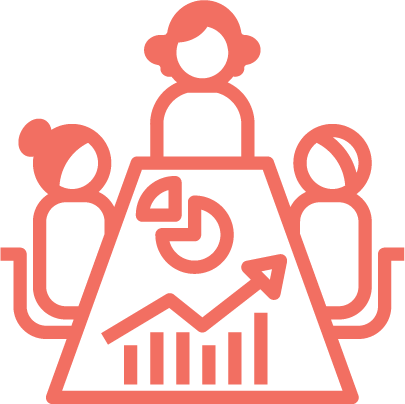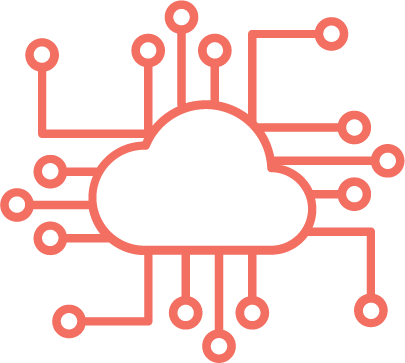There is a photograph of a woman from 1910 holding up a sign that says “equal pay for equal work.” One hundred and ten plus years later, we are still working towards that goal. Pay equity has a direct impact on leadership equity. It also is one of the key issues impacting leaders who are caregivers to children, aging adults and themselves. It impacts financial stability, what personal and professional choices we make, and how we take care of ourselves.
Over the past 40 years more and more women have managed to move into leadership. They have started and run successful businesses. They have moved into community leadership positions. But it has not been easy. We continue to run into the default view on gender roles: dad is the primary breadwinner, mom is the primary caregiver -regardless of educational background or profession. We need to recognize the problem with these long held cultural views of gender roles and how it continues to impair how women are viewed as leaders. We need to understand the cost it has to our health and our ability to be the leaders the world needs us to be.
Many of us feel like we are in a vice, pushed from both sides, taking care of children and/or aging adults and trying to grow a professional career. We continue to be told we are supposed to be superwoman, able to just push through, do more, sleep less, ignore our health and wellbeing because that is what women are supposed to do, the ideal for us to attain. That ideal is a barrier to closing the gender equity leadership gap.
The caregiving barrier became clearly underscored with the onset of the pandemic. Choices had to be made as to who was going to stay home and who would be the primary caregiver to children and/or to aging adults. Even before the pandemic, on average, a working caregiver to an aging adult in their lives working at any level will spend an additional 21 hours a week doing administrative or direct care, according to AARP research. That is in addition to all other personal and professional responsibilities. It is not the same for our male counterparts.
The female leadership pipeline starts to dry up at around age 35 to 40. But the challenges start earlier. Women make less than their male counterparts in the same positions with the same educational background and are subject to both the glass ceiling and the sticky floor when it comes to pay equity. After grinding it out, women fall further behind when they take time off for caregiving. Because they make less, paying for caregiving becomes more difficult. Women are also more likely to tap into retirement money to care for an aging parent.
All of this also takes a toll on personal health and wellbeing and financial stability. It makes it more challenging for a woman to take on a new leadership role. We need an integrated approach so working women can step into leadership and have resources that support a caregiver in a healthier, more balanced way.
At the Women Business Collaborative (WBC), there is a focused discussion to help get better policies in place, discuss how we can meaningfully address the cultural biases that derail policies, and create a path for women to become leaders. Multiple WBC Action Initiatives are dedicated to emphasizing and breaking down these issues. From the Women in the Pipeline group which works to establish strong relationships and leadership development amongst women leaders, to the Gender and Pay Parity focus area, spreading awareness of the pay gap and lack of representation, WBC is making waves in a society that has traditionally mistreated its women in the workforce.
We need to recognize that without our health, without a better approach to working women that are caregivers, we cannot lead well. Our legacy can be that more women will have a better professional and personal path forward. Companies will get the financial benefits of keeping these talented women in their leadership pipeline. We can better close the gender equity leadership game by putting more thought into caring for the caregivers.
-
Mim Senft GBA AAI CWWS has 20+ years of working with organizations in the U.S. and globally on workplace culture with a focus on gender equity, DE&I and workplace health and wellbeing, using an evidence based approach. She is a founder of Motivity Care and a co-founder of Global Women 4 Wellbeing (GW4W), which focuses on empowering more healthy female leaders at all levels. She services on the WBC Advisory Council.
View all posts









